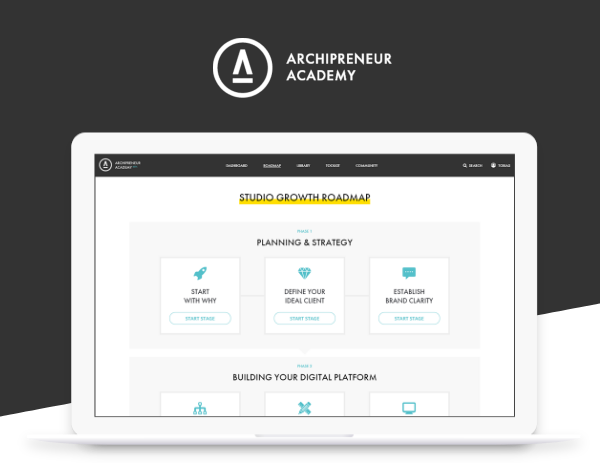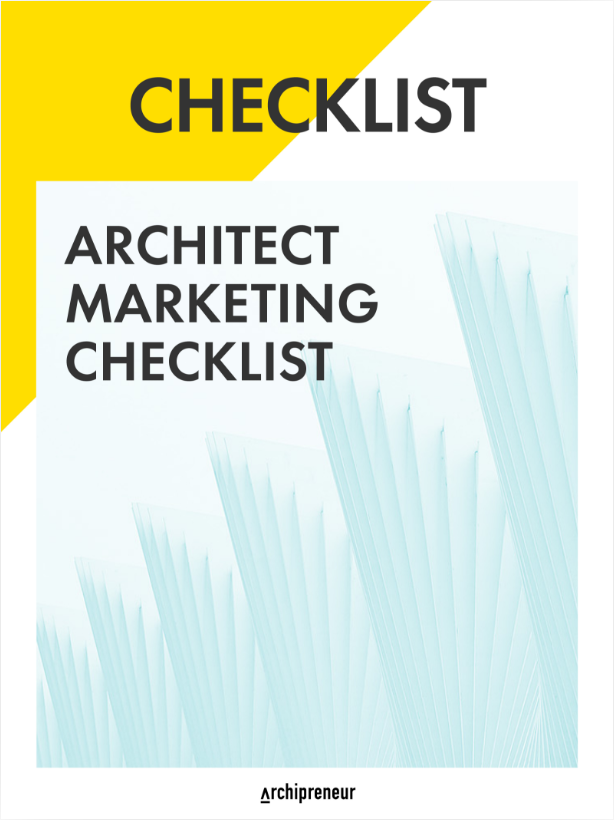
How to Make Your Architecture Website Work for You—Even While You Sleep
A website is an elevator pitch that every business needs. It is the face of your business that will give the first best impression to your clients and target groups. An architecture website is more than just a portfolio because it serves as a strategic business tool rather than just a digital photo album. While high-resolution images are essential, they alone don’t drive engagement, convert leads, or communicate brand identity effectively. Let’s get into the details of how an effective website can elevate your brand to a whole new level.
This blog will emphasize the ‘why’ of creating a powerful website rather than explaining ‘how’ to design a good one.
Why a stunning portfolio isn’t enough?
Because an architecture website:
- Is a Lead Generation Tool (Not Just a Showroom).
- It Communicates the Firm’s Brand & Expertise
- It Enhances Visibility Through SEO & Content
- It Offers an Engaging User Experience (Beyond Just Scrolling)
- It Provides Social Proof & Trust Elements
Design Principles That Keep Visitors Engaged
A visitor typically spends only a few minutes on a website, making it crucial to create a strong first impression that encourages them to stay longer and explore your design practice. The goal is to capture their interest immediately and guide them through a seamless user experience.
While it’s good to consider a broad audience, it’s even more important to focus on potential clients—those genuinely interested in engaging with your firm. When someone visits your website, their first thought is often: “What is this firm about?” To make the most of that moment, here are a few key elements that will capture their attention:
- A high-impact hero image or video showcasing a signature project.
- A concise, compelling introduction (1-2 sentences) that defines your firm.
- A clear call-to-action (CTA) such as “View Our Work” or “Schedule a Consultation.”
- An intuitive navigation menu linking to Portfolio, About, Services, and Contact.
Just as every line in an architectural drawing serves a purpose, every word on your website should work together to communicate your firm’s identity and vision. Fundamental design principles—such as user journey mapping, intuitive navigation, and a compelling brand story—act as the building blocks that define your online presence and convey what your practice is truly about.
Case Study (Explaining the strategic content placement and effective results for a Homepage)
Website design is a continuous and iterative process, with the homepage serving as the foundation. While users may occasionally land on other pages first, the homepage is typically the first thing they see—around 90% of the time. It acts as a navigational hub, guiding visitors deeper into the site and encouraging them to stay longer. Below are key strategies, illustrated with examples, to make a homepage more engaging and accessible to all types of users.
As architects, we often use industry-specific terminology that resonates with fellow professionals. However, most website visitors—including potential clients—may not be familiar with technical terms like gentrification, parti, or synchronicity. To effectively communicate our expertise, we should use clear, simple language that a broad audience can understand. This ensures that potential clients can easily grasp the services offered without confusion.

While keeping language simple is essential, a homepage should also convey the unique identity of the firm. One effective approach is incorporating visual storytelling—such as hand-drawn sketches or concept illustrations—demonstrating the design process. This can spark curiosity and leave a lasting impression on first-time visitors.

Homepages should be concise and informative, allowing users to quickly grasp the firm’s mission, services, and impact. A great example of this is the above portrayed firm’s About page, which presents the firm’s history in a way that’s easy to understand, so users can quickly identify the firm’s expertise and move on to the next step.
What’s Next for Your Architecture Website?
Now you have implemented all the requisites of a successful website, but how do you know it’s performing well? To measure the success of your work, you should also take the necessary steps to document and analyze your results. Creating a website with the idea of how efficiently it will serve the user/visitor rather than the owner itself will provide a clear direction to a persuasive website for your architecture business.
“Even at the highest levels, clarity remains the key to communication”
– Carter Wiseman from the book Writing Architecture.
The process of designing a website for your business can be overwhelming, but having the right guidance makes a big difference. You can learn more about building an effective online presence at the Archipreneur Academy.
It is important to remind ourselves that designing a website is not a one-off task, but part of an ongoing process.
Join our Newsletter
Get our best content on Architecture, Creative Strategies and Business. Delivered each week for free.

JOIN THE
ARCHIPRENEUR ACADEMY
- 9 Stage Studio Growth Roadmap
- Library of In-Depth Courses
- Checklists and Workbooks
- Quick Tips and Tutorials
- A Supportive Online Community

